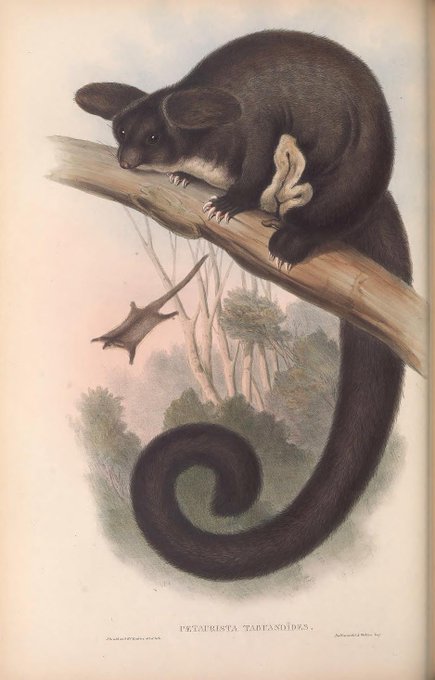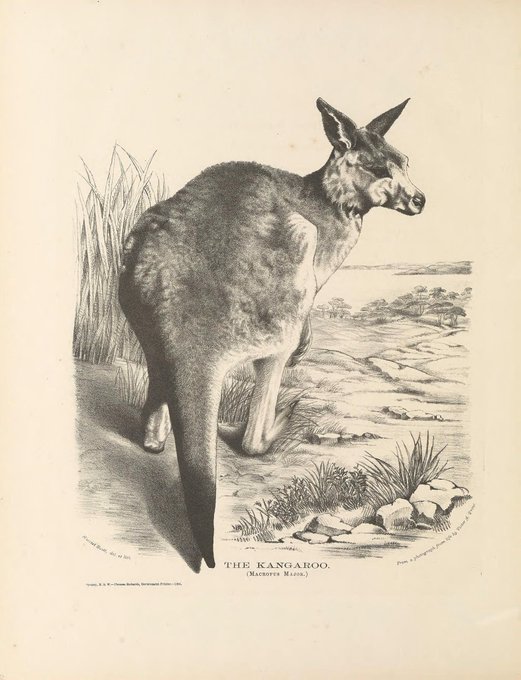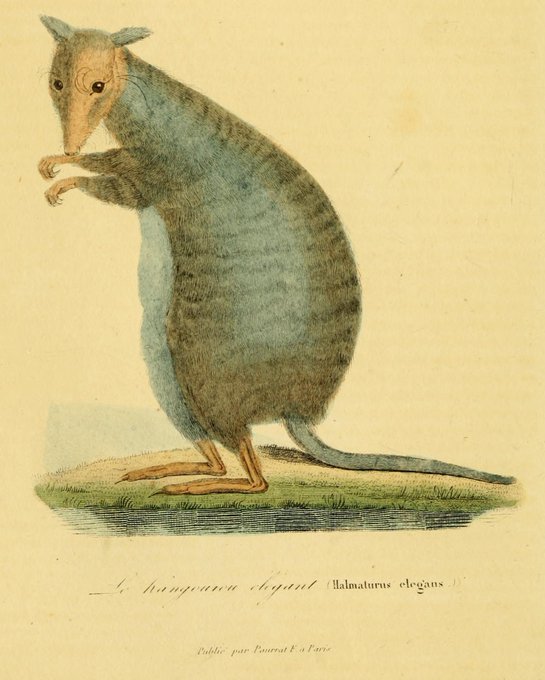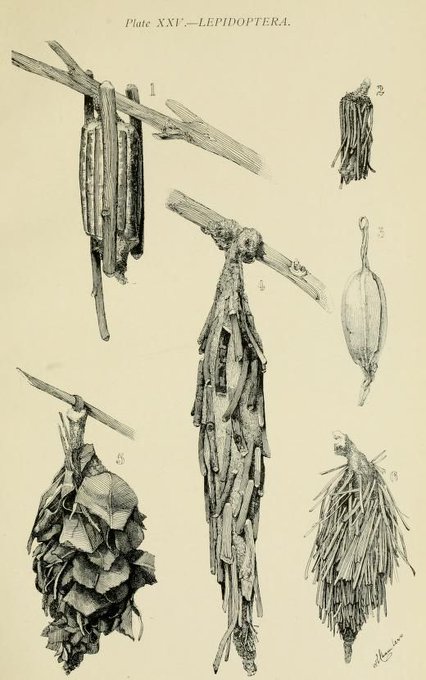Yellow-bellied Glider, Petaurus australis (formerly known as Belideus flaviventer) from John Gould's Mammals of Australia, 1863. https://t.co/ea9phxVLyX via @BioDivLibrary @SILibraries
Happy #WorldAnimalDay! What's your favourite Australian animal?
(images via @BioDivLibrary)
In 1790, George Shaw introduced this bizarre creature to the world. He called it Macropus. https://t.co/7zcdm0apHr Via @museumvictoria @BioDivLibrary @atlaslivingaust
“It passes along the branches with the utmost celerity” moving “from one tree to another… by leaping from the higher branches, and floating through the air is easy and elegant sweeps." Gould 1863. #GreaterGlider https://t.co/WoO8NBKqem Via @BioDivLibrary @SILibraries
Sea Leopard, from "The zoology of the voyage of the H.M.S. Erebus & Terror, under the command of Captain Sir James Clark Ross, 1839-1843." https://t.co/KtrZlCQT0s via @BioDivLibrary @MBLWHOILibrary
Ringtail Possum, 1838. From "Compléments de Buffon" by R. P. Lesson. https://t.co/JqWzoJloze via @BioDivLibrary @SILibraries
The Kangaroo, illustrated by Miss Harriett Scott & Mrs Helena Forde in Krefft's 1871 "The mammals of Australia" (on @BioDivLibrary via @SILibraries) https://t.co/Lvcm9wuWJ7 #SciArt #EasternGreyKangaroo
The Platypus “verifies in a most striking manner the observations of Buffon; viz. that whatever was possible for Nature to produce has actually been produced.” George Shaw 1799 (1st published description of the Platypus) https://t.co/QW4wACZlpH via @museumsvictoria @BioDivLibrary
Le Kangourou Elegans. From "Compléments de Buffon" by R. P. Lesson, 1838. #SwampWallaby https://t.co/L0Ft4msRUo via @BioDivLibrary @SILibraries
The beautiful structures made by Australian case moths. From "Australian Insects" by Walter Wilson Froggatt, 1907. #FaggotCaseMoth #SaundersCaseMoth https://t.co/QAF6p2aKL9 via @BioDivLibrary @ncsulibraries #Lepidoptera #SciArt #BHLarthropod














